Antique Japanese Girl’s Day doll. This old doll is in poor to fair condition with chips, marks, cracks and scratches on the body, head and limbs and worn and faded fabric. The doll dates from the early to mid 20th century and may be missing its original accessories. Modern Girl’s Day dolls include bodies which are often made of plastic or other composite materials, while old dolls such as this usually have bodies made of tightly packed rice straw or solid wood with hand-painted ceramic or plaster heads displaying striking features. The neck of these older dolls is usually made of a sharpened stick or square nail which is used to secure the head to the doll’s body. Removing the head (pull gently) reveals the body beneath the layers of textured cloth and paper clothes and shows the head to be a unique and artistic piece of work in its own right. In fact, particularly well made or very old Japanese doll heads are sometimes more highly sought after than the complete dolls they were originally attached to! This doll may have originally belonged to a larger set of dolls which are given to young Japanese girls to arrange and display in the family home in the days leading up to the March 3rd celebration of Girl’s Day, which is a traditional Japanese holiday dedicated to little girls throughout the country. Please read below to learn more about this very old and special Japanese tradition.
Size:
Height of doll: 8.3 inches (21.3 centimeters)
More about Girl’s Day
Sometime during the long Japanese Edo period (1600-1868) households with young girls began to set out attractive displays of dolls around the middle of February. The dolls were usually kept on display until March 3rd which eventually came to be known as ‘Girls Day’ or hina matsuri as it is called in Japanese. This special day is also sometimes referred to as momo no sekku which means ‘Festival of the Peach’ due to the fact that beautiful pink peach blossoms are often placed among the dolls on display. Girl’s Day dolls are nearly always seen wearing the courtly robes of Heian period (794-1185) nobility. And the dolls are frequently arranged on platforms consisting of between 5 and 7 tiers covered with red felt. Though single-tier displays consisting of one male and one female doll are also quite common (especially in cramped modern apartments). Young Japanese girls (such as our little Emily) often enjoy spending hours assembling and arranging their dolls and accessories according to very old rules of display (Internet websites help many modern Japanese parents learn the rules). However, though the dolls may remain on display for many weeks leading up to March 3rd, tradition holds that the dolls must be put away promptly after this date in order to ensure a young girl’s future happiness with a home and family of her own. A similar holiday for boys is the May 5th celebration of Boy’s Day. In recent times, Boy’s Day has come to be known as ‘Children’s Day.’
item code: R1S2-10001
ship code: G3














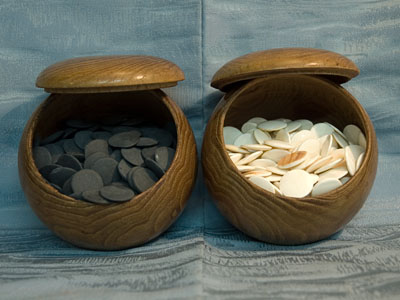




















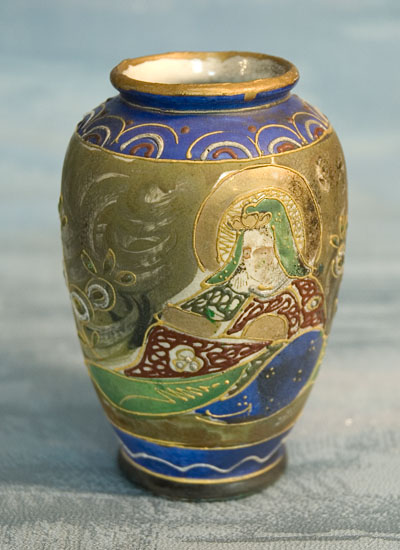
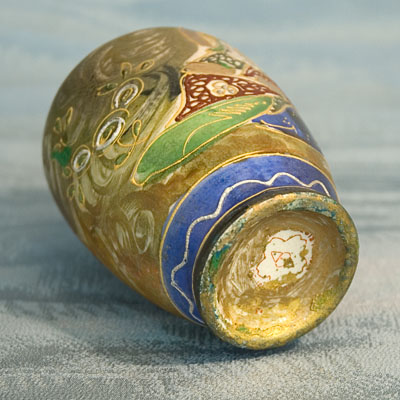


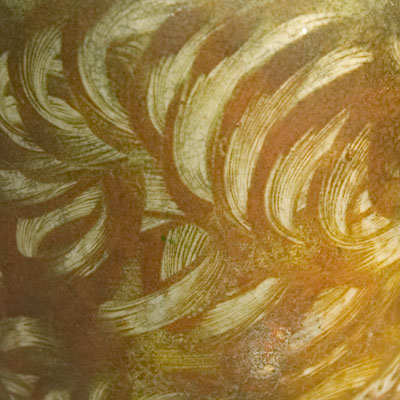

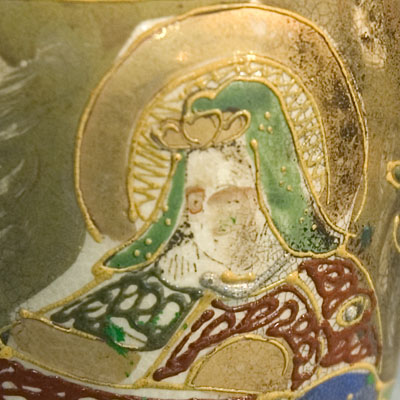
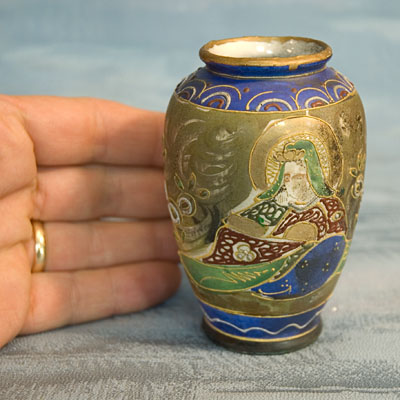


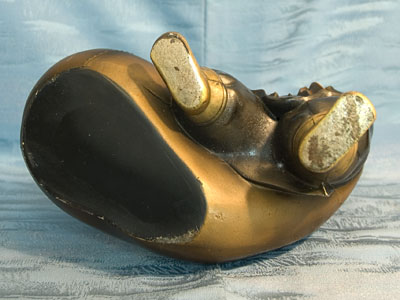
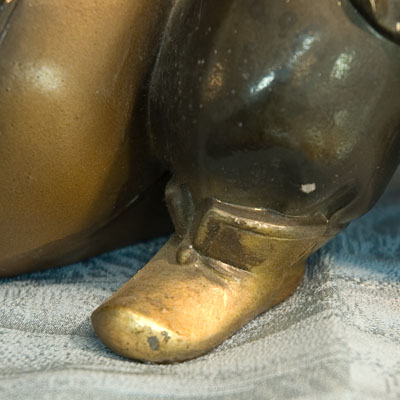


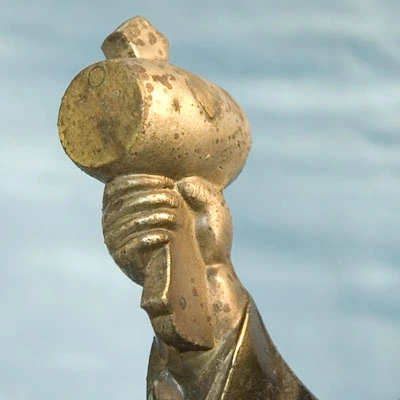




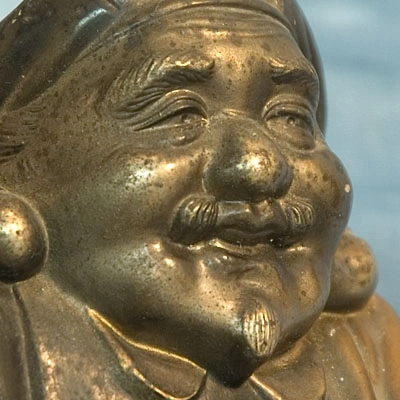

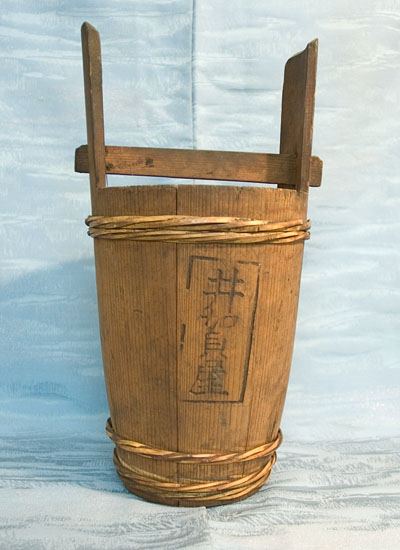
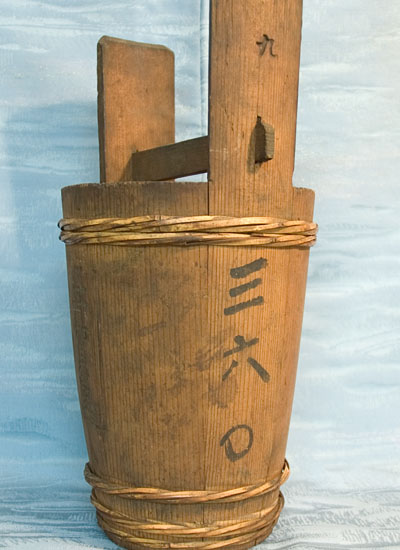



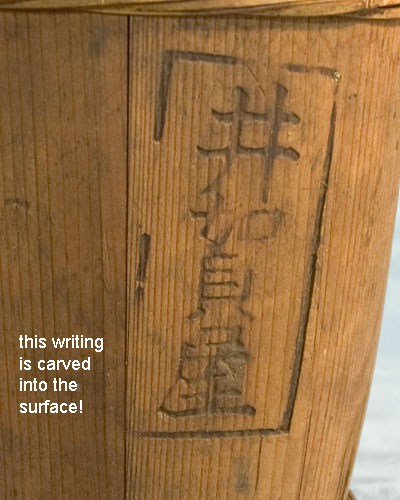

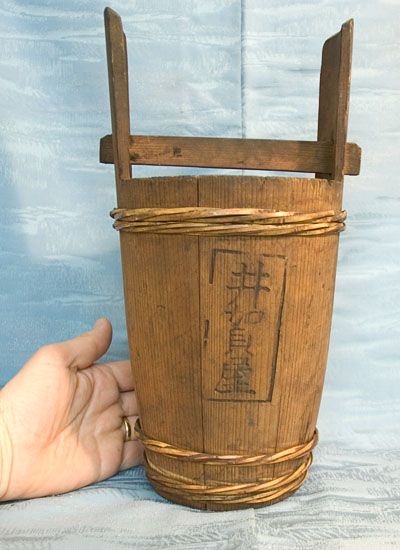
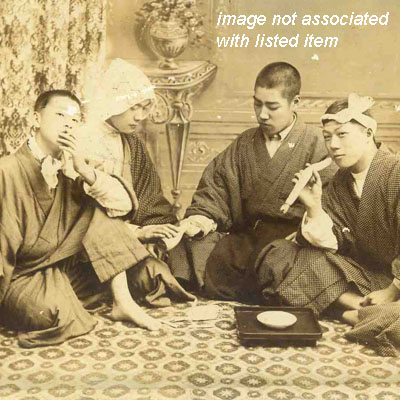
Recent Comments